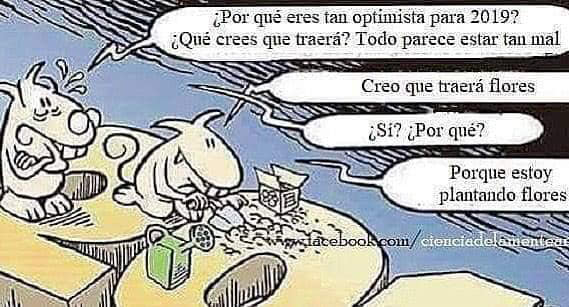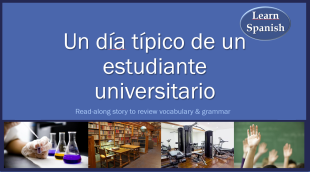 Los mandatos informales, informal «tú» commands, can be a bit challenging at first because you must remember to conjugate the verb differently depending on whether the command is affirmative (Yes! Do it! ¡Sí! ¡Hazlo!) or negative (No! Don´t do it! ¡No! ¡No lo hagas!) This cultural presentation will take you on a journey of table manners around the world while practicing affirmative versus negative tú commands.
Los mandatos informales, informal «tú» commands, can be a bit challenging at first because you must remember to conjugate the verb differently depending on whether the command is affirmative (Yes! Do it! ¡Sí! ¡Hazlo!) or negative (No! Don´t do it! ¡No! ¡No lo hagas!) This cultural presentation will take you on a journey of table manners around the world while practicing affirmative versus negative tú commands.
Objectives:
- Practice conjugating affirmative and negative tú commands
- Practice vocabulary about food & the table
- Make cultural connections about table manners
First, conjugate the verbs in this handout: Modales curiosos: Mandatos Informales Handout
Now, see how you did with this video lesson!
Also, here’s a Powerpoint presentation based on this lesson (especially for teachers!): Modales Internacionales Powerpoint
Share your reflections and what you´ve learned in the questions at the bottom of the handout. Do you think any of these tips for international table manners will come in handy someday?
The images in the presentation were adapted for educational purposes from an infographic & article by Huffingtion Post España.
Also, thank you to the Teaching & Learning Spanish Blog Facebook Page for sharing the Huffington Post article.
If you would like to share these materials, please do so by providing a link to this blog post. Thank you!
Update: A typo in the handout has been corrected (10-8-2018)!
Update: This post has been changed & updated to include the video lesson (5-21-2020)! We re-posted to the front page of the blog for visibility without deleting the previous link for those who may have saved it.










